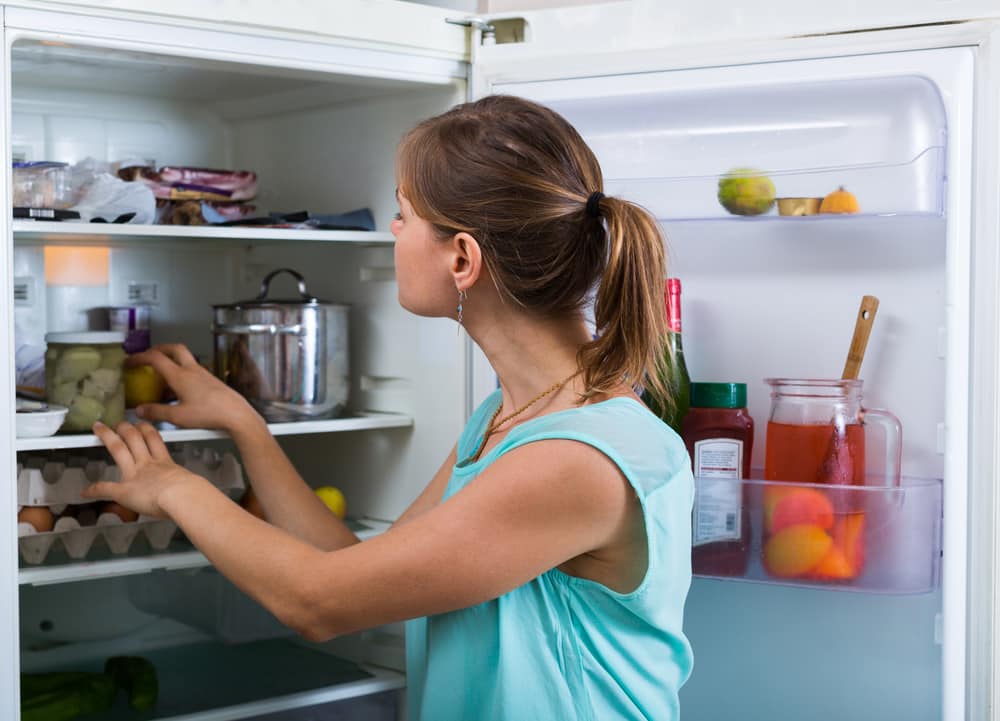A norcold refrigerator is one of the most reliable RV fridges available. However, it is not immune to problems.
Some of the most common issues include a bad seal or thermistor failure. It is important to check these items regularly to keep your RV fridge running properly.
Norcold has a line of small portable fridge/freezers that run on electricity only. These units look more like a cooler and are often used in van conversions and Class B rigs.
Size
If you’re looking for a quiet refrigerator that takes up less space than a Samsung, look no further than Norcold. Their DC Polar series is a residential-style absorption fridge that operates on both gas and electricity.
The smaller models are perfect for van conversions and other small RVs. They use a Sawafuji compressor and have organized racks and bins for easy storage. The freezer has a dial temperature control, so you can keep things chilly without having to open the door to check on them.
Unlike traditional propane fridges, Norcold RV fridges don’t require exterior ventilation, which can save you on power consumption and maintenance costs. They’re also much lighter and easier to haul into your RV than a full-size fridge with tanks, liquid and burners. You can even fit a Norcold in your truck camper without having to make major modifications like removing the passenger seat. These fridges are a lot less likely to sway on uneven terrain too, so you’ll have peace of mind while on the road.
Energy Efficiency
While most RV refrigerators use gas absorption technology to cool, Norcold offers both propane and electric options. Their two-way absorption fridges allow you to switch between propane and 120V AC power. This is especially helpful when you’re boondocking or in a remote area with limited electricity.
With their propane mode, the fridge will draw from your LP tanks and only switch to 120V AC power when there is available power. In addition, most Norcold refrigerators have a power button that allows you to turn it on and off automatically.
Norcold refrigerators are known for their efficiency and reliability. They’re made in America and designed with families on the go in mind. They’re quiet and dependable, making them the perfect choice for your next adventure. With an easy-to-use control panel, you can set the temperature and power settings. They also come with a code display and indicator light. Whether you’re looking for a compact two-door refrigerator or a Polar series model that resembles residential fridges, Norcold has something for everyone.
Temperature Control
A typical norcold refrigerator can be operated using either propane or electric. Most people prefer to use propane, as it is a cleaner fuel than gasoline, and can be more readily available in many areas of the country. However, the fridges will also run on 12v power (usually from your RV battery system) and can be used in conjunction with your generator or another source of electricity.
If the temperature dial isn’t working it could be due to a problem with the thermistor. The thermistor has to be in the proper place on the cooling fins for the fridge to work properly. You can test it by unclipping it from the fin and clipping it to the next fin up or down for cooler or warmer temps respectively.
Norcold fridges are great for campers, motorhomes, and van conversions as they are made in America and can run on gas or electricity. They have a very quiet operation and can be very durable, but they can take a while to cool down.
Warranty
Whether you’re a fulltime RVer or just an occasional camper, Norcold refrigerators can help you keep your food and drink cool on your next adventure. They are durable, energy-efficient, and easy to troubleshoot when something goes wrong.
The Polar Series of small portable compressor fridges are ideal for Class B and travel trailer rigs that run on either gas or electric power. These fridges are also popular with van conversions and car campers.
If your Norcold fridge has a green power light that’s blinking, it could mean the system isn’t working correctly or needs to be defrosted. Check the fuses first, located behind the cover of a black box frequently found in the lower-left corner.
Then, remove the freezer compartment and clean any frost that’s built up. This is an important step because a clogged freezer can cause the fridge to overheat. This can damage the compressor. Keeping the fridge defrosted will reduce cooling issues and prolong the life of the refrigerator.

